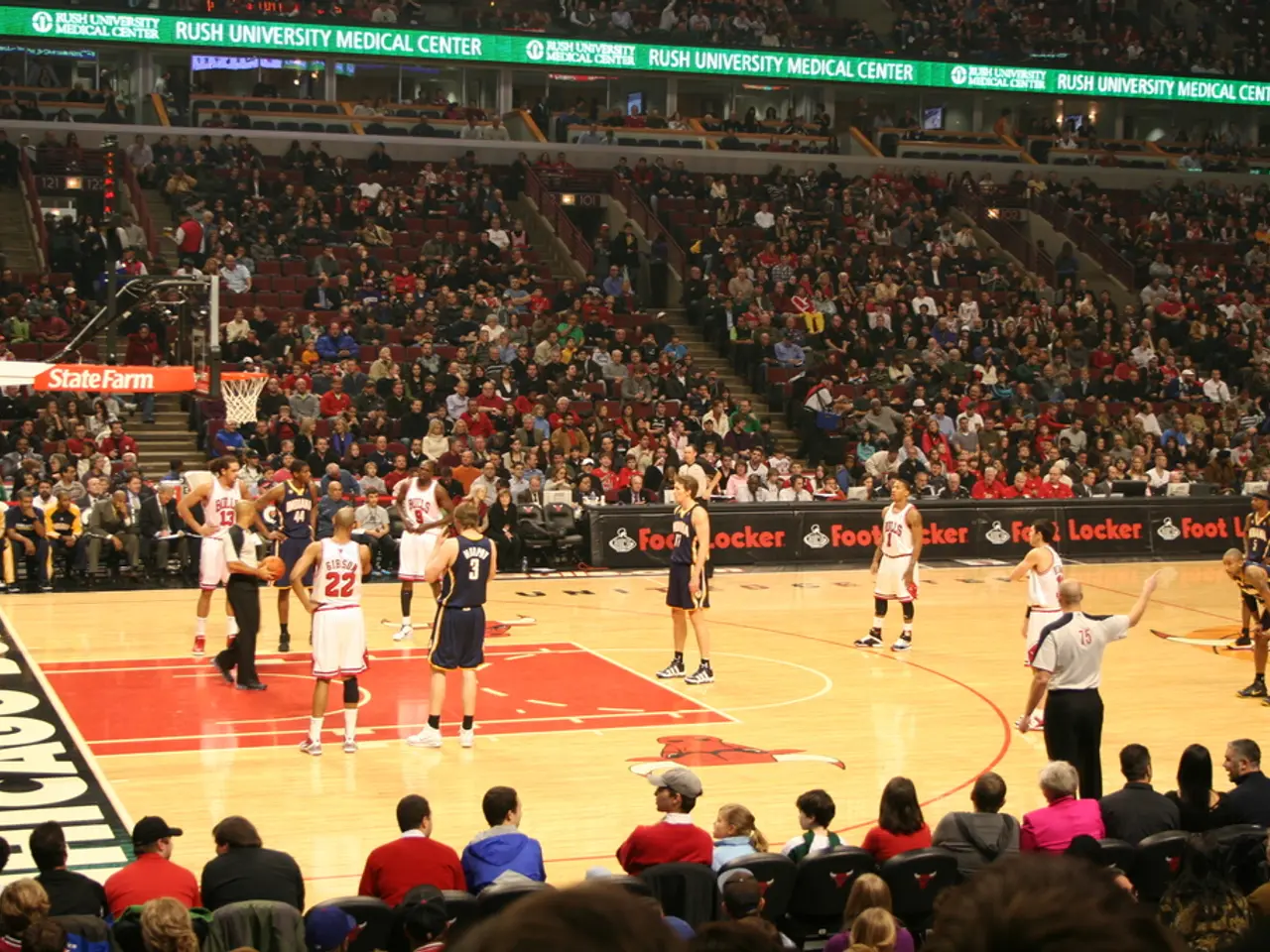HDB Financial Services' initial public offering (IPO) of ₹12,500 crore successfully subscribed 16.69 times on its final offering day.
** Title: ** HDB Financial Services IPO: Should You Jump In or Hold Back? A Comprehensive Guide
Hey There!Let's dive into the frenzy surrounding the HDB Financial Services IPO, one of the biggest and most hotly anticipated NBFC public issues this year. Opening for subscription on June 25 and set to close on June 27, the issue hit full subscription by the second day, demonstrateing market interest. But, is this IPO a 'Subscribe' or 'Avoid'? Let's find out!
HDB Financial Services IPO: The Rs 12,500 crore offering comprises a Rs 2,500 crore fresh issue and a Rs 10,000 crore offer for sale by promoter HDFC Bank. Currently, HDFC Bank owns over 94% of HDB Financial, with holdings of over 75 crore equity shares ahead of the IPO.
HDB Financial Services IPO Price Band: The issue is priced ambitiously at Rs 700-740 per share. With such high expectations, what does the market think?
Investor Interest: Interestingly, QIBs have led the charge, with subscriptions exceeding 55 times their quota, while retail investors have shown a decent response at around 1.5 times their reserved portion. However, Non-Institutional Investors weren't far behind, approaching almost 11 times!
The Grey Market Premium (GMP): Although the IPO is currently trading at a GMP of around 8%, there was a significant fall since the initial offering. Right now, the GMP lingers around ₹57 to ₹60, hinting at a potential listing price of roughly ₹797 to ₹800 per share. This translates to a likely listing gain of approximately 7.7% to 8.1% above the upper price band of ₹740!
Caution: While the high GMP and oversubscription indicate a positive market sentiment, the GMP is an unofficial indicator. It can fluctuate based on market dynamics, so it shouldn't be viewed as a firm profit assurance.
Why Should You Care? Given the IPO's size and backing by HDFC Bank, alongside strong demand from institutional and retail investors, the company appears fundamentally strong with a promising business model focused on secured and unsecured lending to MSMEs and vehicle financing.
Investment Strategy: Investors aiming for listing gains may consider applying, but be warned: the oversubscription and high QIB participation could mean relatively lower allotment for retail investors. So, your actual allocation could be limited. Before investing, factor in your risk appetite and holding horizon.
Final Thoughts: The strong subscription and positive GMP suggest a favorable listing scenario for HDB Financial Services IPO, making it potentially attractive for investors seeking listing gains. However, exercise caution with respect to GMP reliance and allotment uncertainties. Before making a decision, conduct thorough due diligence, review the company’s fundamentals, market conditions, and long-term business prospects carefully. Happy Investing!
Source: 1, 2, 3, 4
- With the rapid growth of the DeFi (Decentralized Finance) market, some investors might be questioning the relevance of traditional trading platforms like HDB Financial Services, given the IPO's success and the promise of its business model.
- In the midst of the increasing popularity of DeFi, it's worth noting thatTrading in traditional finance platforms like HDB Financial Services continues to be a significant aspect of the overall market, demonstrating that both markets coexist and offer distinct investing opportunities.




